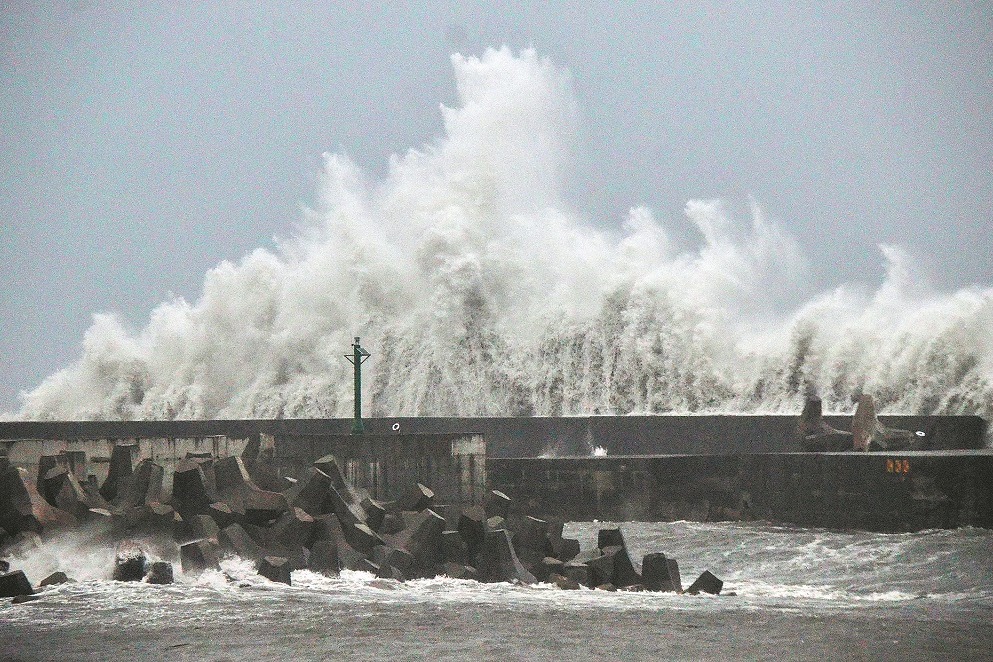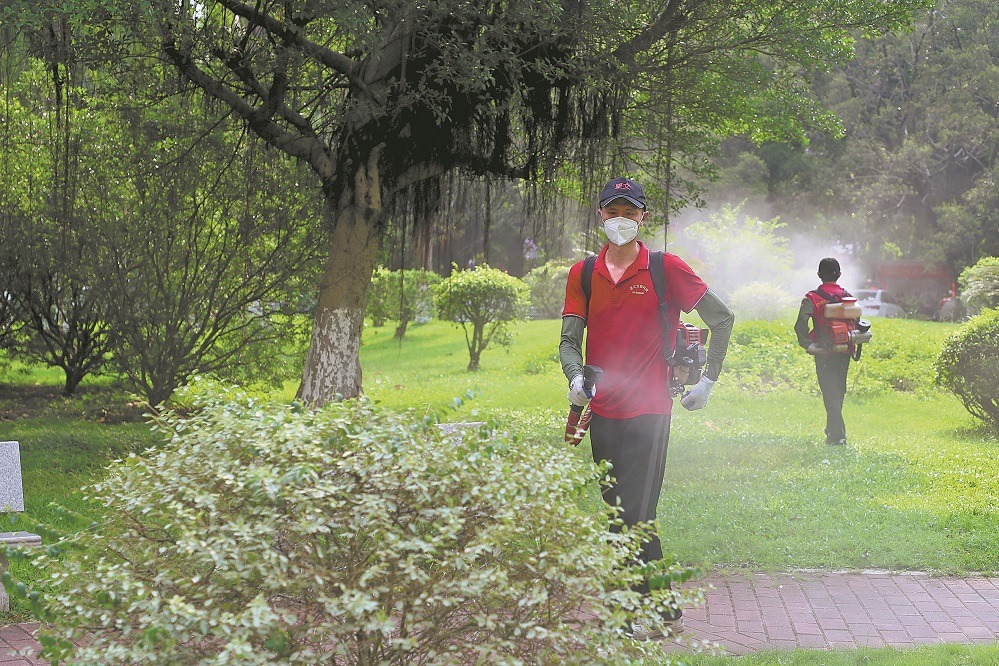Writing on the wall
The art carved into the cliffs and boulders of the Mandela Mountains and surrounding areas tell human stories set in stone, Wang Qian and Yuan Hui report in Hohhot.

Fan Rongnan was astonished when he first stumbled upon rocks with paintings and carvings depicting nomadic life in the rugged and remote Mandela Mountains in the Inner Mongolia autonomous region in 1985. "It felt like entering a gallery in the wilderness. There are images of oxen, horses, goats, deer, snakes, eagles and turtles, stationary and moving, standing and lying," says the 60-year-old researcher of the Alshaa Right Banner Cultural Heritage Protection Center.
Fan didn't know exactly what he was looking at but did immediately realize they were treasures that could provide new clues to ancient mysteries.
According to researcher Ge Shanlin, these "living fossils of the origins of art" were produced from the Neolithic period to the 19th century, creating a record of the area's material and symbolic culture.
Over 7,000 ancient images cover rocks strewn across an 18-square-kilometer area. They continue to mystify scholars.
They vary in motif and include abstract symbols, human faces, animals, and scenes of hunting and herding.
Ge explains that Inner Mongolia's rock-art sites are the richest such troves near the country's northern border.
"Because the study of rock art was still nascent in China in the 1980s, it was not until 1987, when we sent the stones to Ge at the Inner Mongolia Institute of Cultural Relics and Archaeology, that we knew they were categorized as petroglyphs," Fan says.
He adds that these discoveries were followed by vandalism and theft.
So the first thing Fan did when he was promoted as the head of the Alshaa Right Banner Cultural Heritage Protection Center in 2000 was launch a comprehensive investigation of the site, where these carvings are engraved on cliffs and boulders.
The survey revealed the rock art had survived thousands of years of weathering by wind and rain but was at risk of vanishing in the near future if left unprotected.
About 2,000 petroglyphs were damaged or stolen between their initial discovery in 1985 and the early 2000s, Fan says.
He established a temporary protection station with two staffers and checkpoints at the main entrance.
The site received official protection from the autonomous region's government in 2003, when Fan took a team of six to survey the Mandela Mountains' petroglyphs.
Every day from April to September that year, team members carried 15-kilogram packs as they marked and photographed each example.
They made records of 4,234 petroglyphs, including 4,800 photos, 260 replicas and over 50 rubbings, and used these records to produce an atlas of the site later that year.
During the survey, the paintings were fenced in, and a tourist trail was paved.
Wang Xiaoli, from the Alshaa League Museum, says this kind of art plays an important role in understanding the prehistoric interactions between the Chinese and their nomadic and pastoral neighbor.
The older generation of scholars, like Ge, believe that some petroglyphs from Inner Mongolia are representations of sun deities. Although the secrets behind these ancient depictions are still waiting to be deciphered, they create a picture of the rich tapestry of human history.
Located between the Badain Jaran and the Tengger deserts, the Mandela Mountains have steep and rugged cliffs, and their black basalt provides a natural canvas for rock art, according to Wang.
It also means danger for fieldwork researchers like Fan, who spends more than eight months a year on the road.
"During these trips, I have had two car accidents and fallen off cliffs three times," Fan says.
He adds that they often get lost, especially during sandstorms, and that the phone signal is weak in the Gobi Desert.
"As most cultural heritage sites can't be reached by road, the movement of facilities and people is challenging. We have to climb the mountains and live in the wilderness," Fan says.
In 2006, Fan's car overturned while he was driving through the Badain Jaran Desert, and an injured colleague had to be sent to the hospital. After taking care of his colleague for three days, Fan finally had time to take a shower.
"When I took off my trousers, I found that my whole leg was green and swollen. I went to the doctor who said I was badly hurt and that, without treatment, my leg might have required amputation," Fan remembers.
He'd also been injured the summer of the previous year when he broke his sternum after falling down a cliff while trying to photograph some of the petroglyphs.
In addition to the Mandela Mountains, Fan has surveyed most corners of the 73,000-square-kilometer Alshaa Right Banner and has registered 567 immovable cultural relics sites, including 81 rock art sites.
In 2010, an international seminar on the rock art site in the Mandela Mountains was held in the Alshaa Right Banner to strengthen communication with overseas scholars.
Now, Fan is setting up a digital archive to support rock art conservation. It consists of information, such as the locations, dates, sizes and 3D images of more than 30,000 petroglyphs.
"Rock art is a treasure that can be shared by all human beings," he says.
"It's our duty to protect it so that more people can appreciate their beauty and value, and share China's rock art with the world."

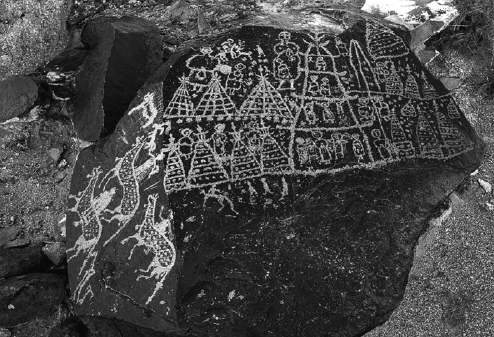
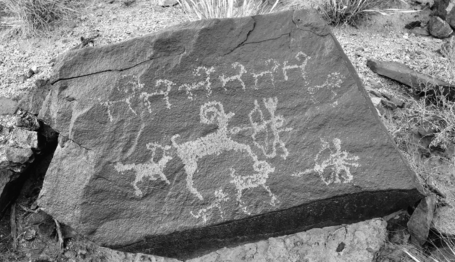
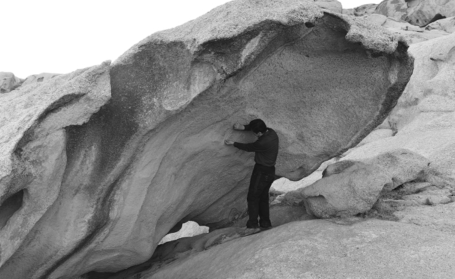
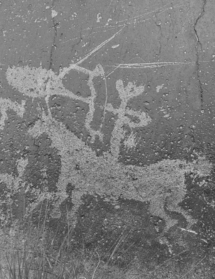
Today's Top News
- China?unveils new visa type for young sci-tech talent
- Cambodia, Thailand urged to engage in dialogue, rebuild trust
- Country remains at global forefront of digital growth
- Beautiful China vision has sown the seeds for the blossoming of an ecological civilization: China Daily editorial
- Manila needs to cut loose from Washington: China Daily editorial
- Feng Tang's reset and reinvention after 50 – Episode II: Aging and Poetry





















